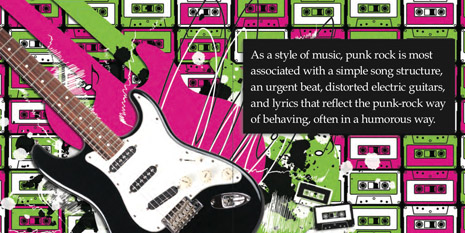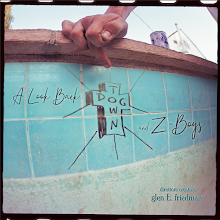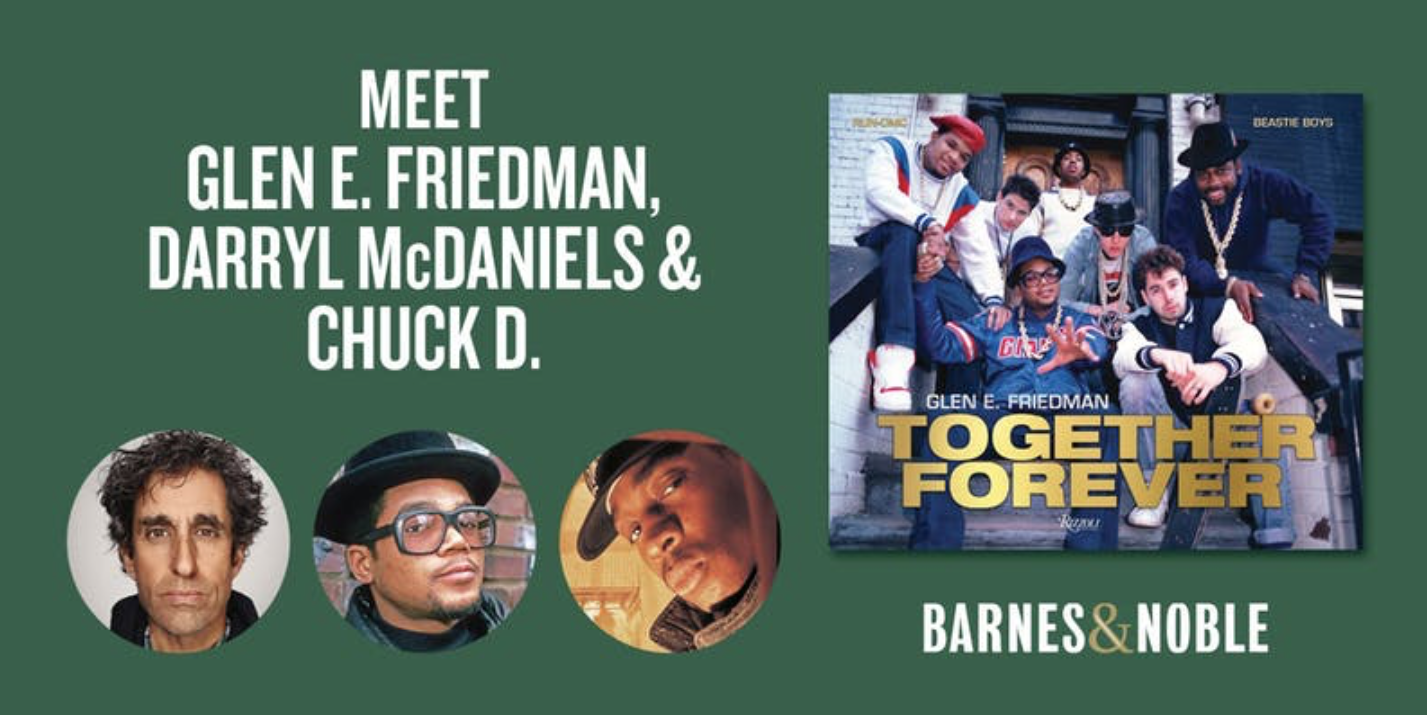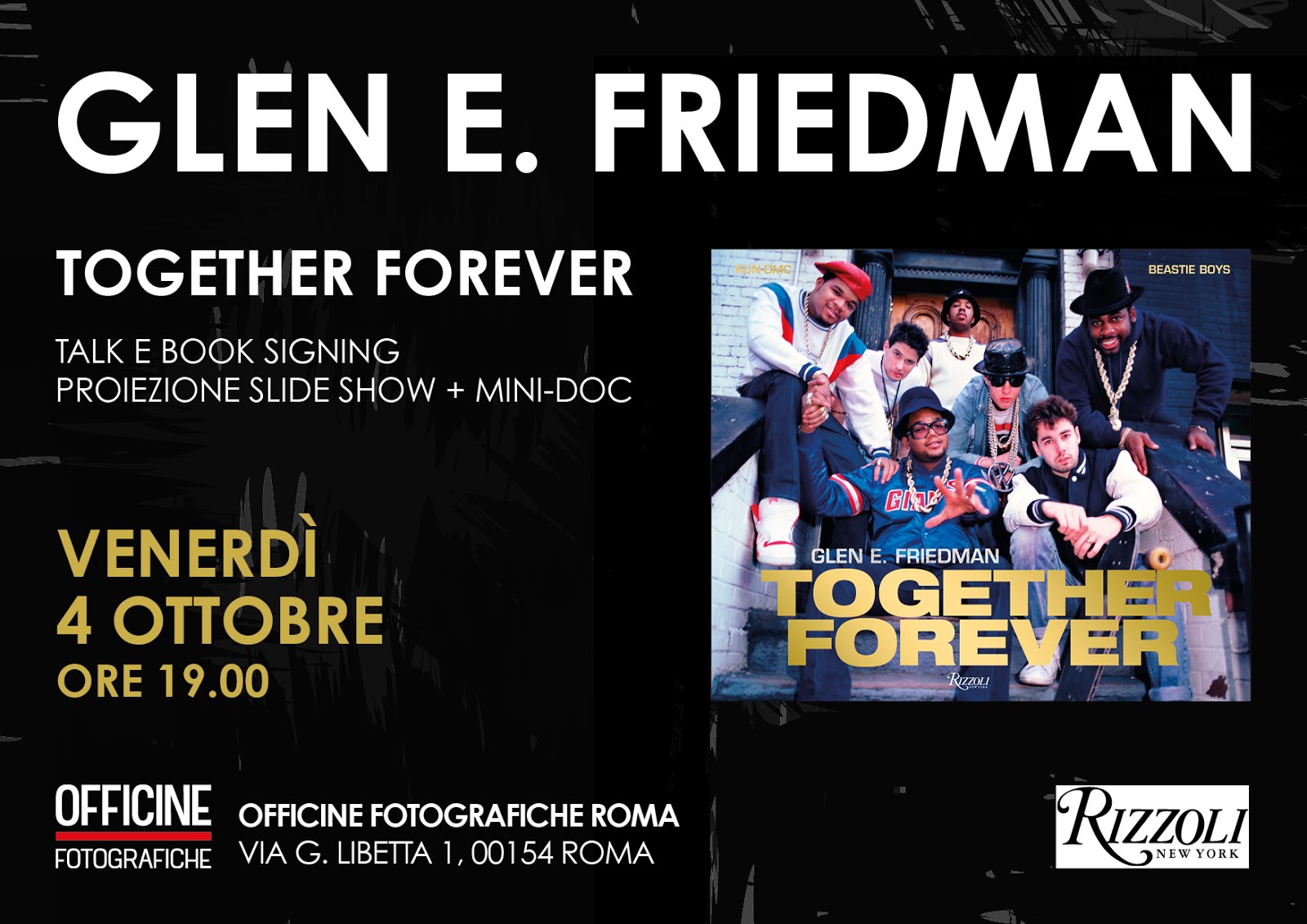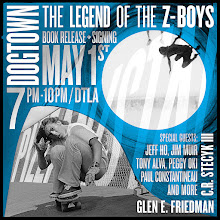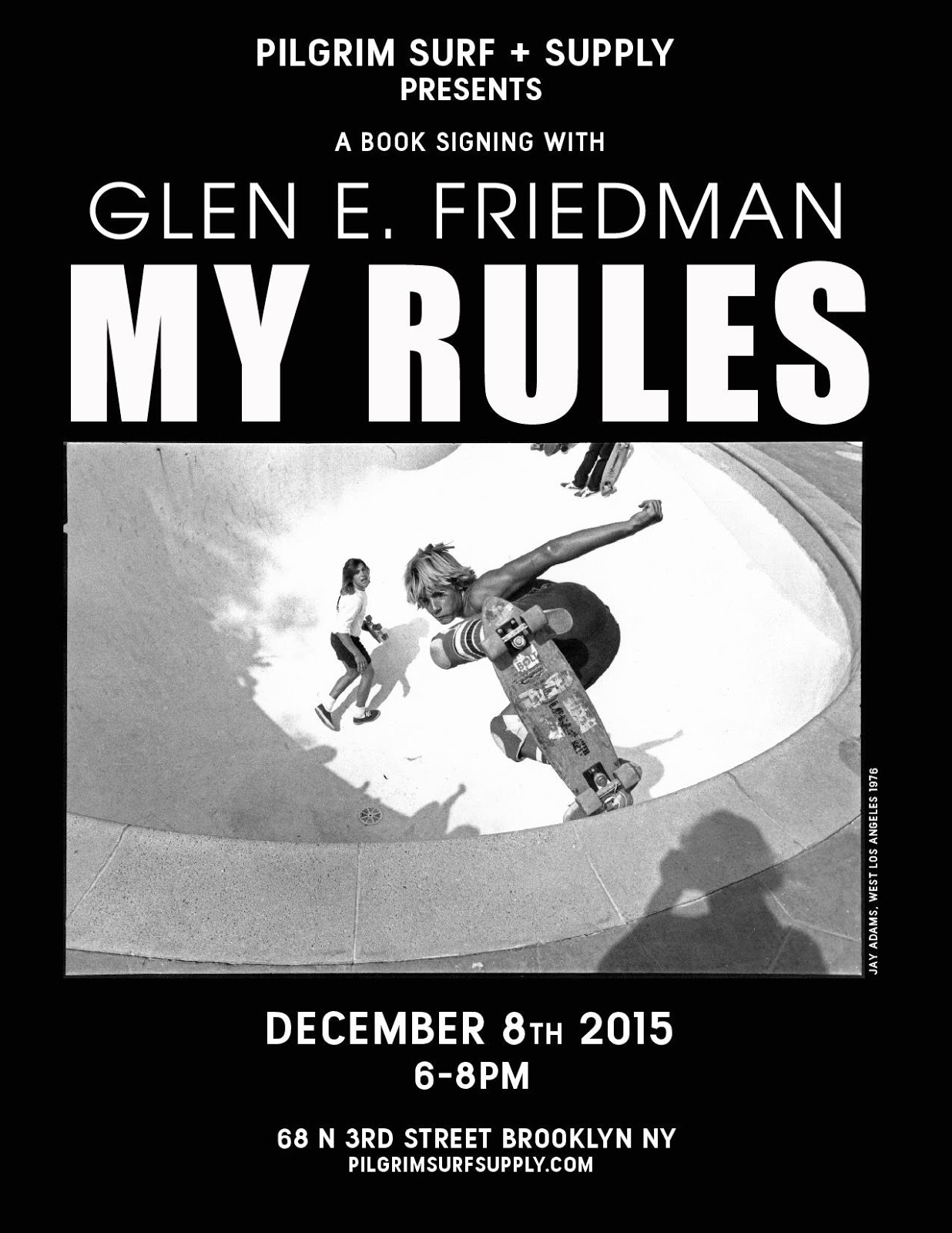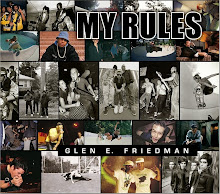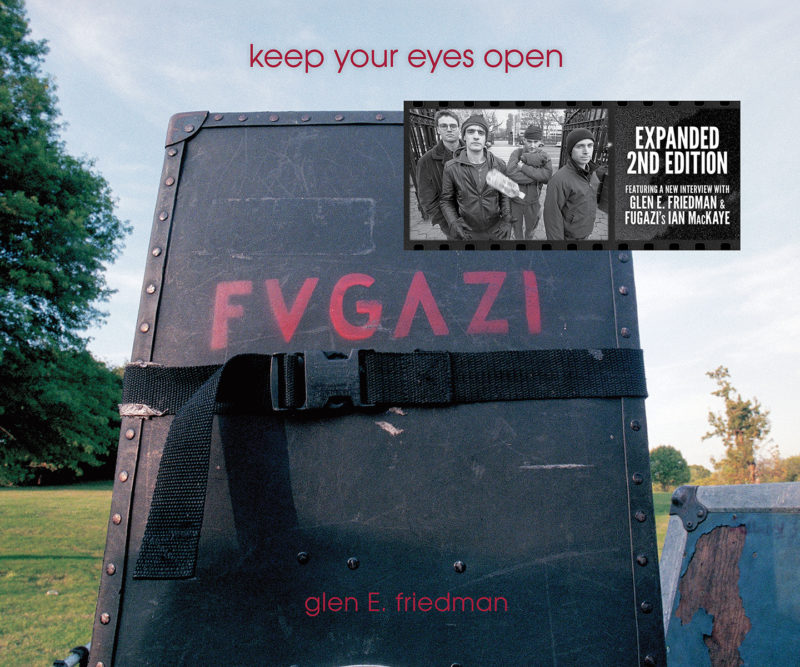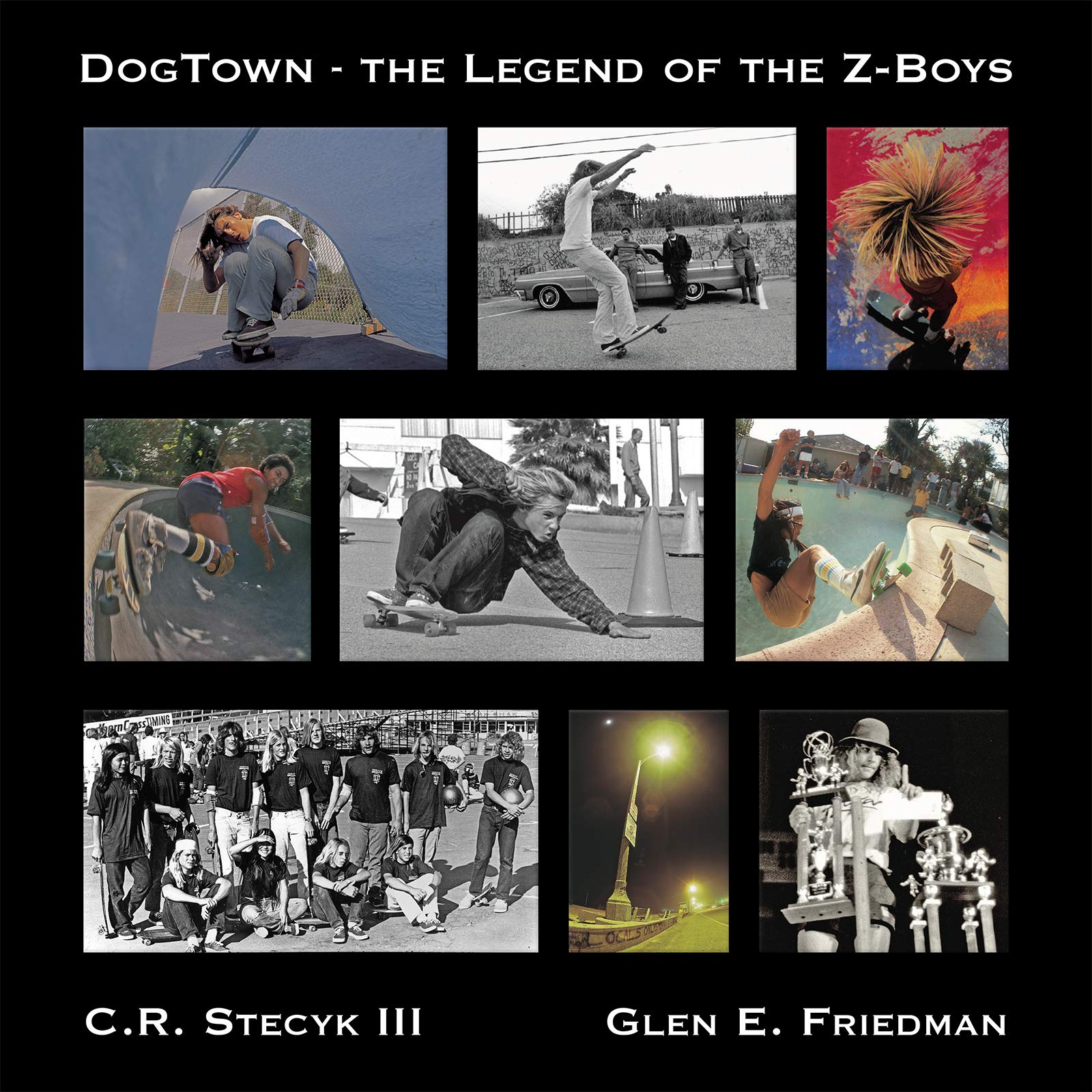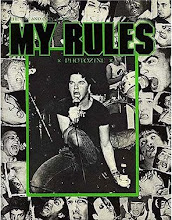The book hasn't even been out for a month yet, and if you read this blog at least every couple of days and don't have the book yet (unless you're waiting to get it from someone else for a holiday gift), you should be ashamed of yourself.
The book is fucking incredible, if i don't say so myself. It's the first pressing and there are a few typos but as my editor at Rizzoli said, "it happens" - that said the book looks fucking amazing, the essays are all fucking amazing, and those little typos in yours may just prove you had the good taste before anyone else to get in on the book in it's
first printing before most other people you know. You read this blog, so again I'm assuming you're
getting it soon. If you haven't yet. And if you have, how about a review up on your favorite site, or where you purchased it? Thanks.
I look forward to hearing about everyone's stoke and inspiration as they finally get to see it and live with it.
In the mean time we've had three great events so far where i went and signed books for people, we showed the video of Ian and I talking about some of the pictures in the book, and i've had some great Q&A sessions with some of you, good shit talking, laughing and stories exchanged. I don't know where we will do one of these next, but so far in Brooklyn, and two in the Los Angeles area were all a blast... and we also sold out of all the books at each event!
Thanks to those who came by and those of you who got the book so far, I am happy to be inspiring as i have always strived to do.
Here's a few clips from the west coast events and some stills from the bash in Brooklyn.
best,
GEF
(Both videos made by
Laura Rudich)
Brooklyn at the powerHouse arena (click any image to enlarge):
Watching the screening with my son and many friends just before the talk.

I was lucky enough to have my great friend, Author, Musician, Ian F. Svenonius
as our ace conversationalist extraordinaire/moderator for the evening...


Old timer and old friend John Woodstock showed up as a big surprise. John was probably the first professional skateboarder in the entire north east. We asked him to come up and tell a story or two. It was great to see him, it was probably more than 35 years since i had last hung out with him... Stoked!

Mark "
The Gonz" Gonzales also came out to support, he asked one of the first questions of the night, classic as always...
Did i say "classic"? i meant "character" as always



 The King
The King "
DMC" also came out to support, and sign some books for the folks.

and the board Jim "Red Dog" Muir donated to the raffle powerHouse arena held
for all those who bought their copies of MY RULES in house that night.

Let the signing begin! I was there for almost 2 hours after the talk signing books for all the cool people who came through, great night, great friends, and fucking great vegan food from the incredible
Brooks Headly - sorry no food porn, but he hooked it up crazy!


(thanks to
Taji Ameen for most of these photos)







































